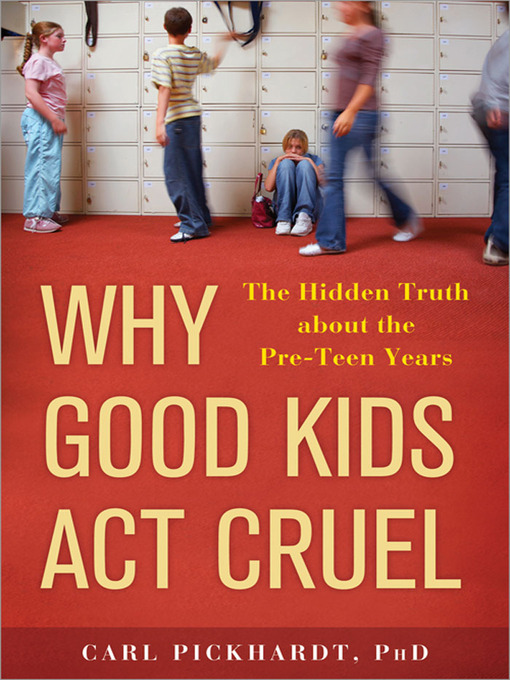Why do many good children treat one another so badly?
This is a question parents eventually face and most start thinking about as their children prepare for high school. But the hard truth is, high school is too late. The pre-teen years are actually when it begins, when the cruelty is even worse, causing more anxiety and stress for children already facing an enormous amount of change in their lives. Early adolescence is a phase of anxiety, of uncertainty, of insecurity. To make matters worse, although all kids are going through the same transformation, none of them share what it is like, each feeling alone, isolated, and unique. The result is that even fantastic kids will do and say harmful things. Why Good Kids Act Cruel is the first book to give you an understanding of why cruelty happens during these years and how to help your child through these difficult times.
She didn't make it; she was born with it: her nose. And in elementary school that was okay. But now in seventh grade, sometimes other girls would tease, "What's the matter Blaise, you having a bad nose day?" Looking in the mirror before school, she could see what they were making fun of. One day, a girl she had beaten out for a starting spot on the basketball team threw a nickname at her: "Snout." Some of the girl's friends picked it up, and it stuck. Blaise acted like she didn't care. But as she started to hate her nose, she started to hate herself.

